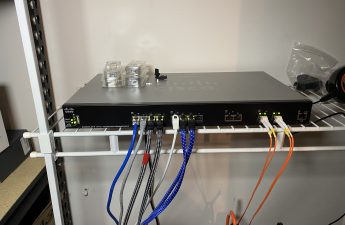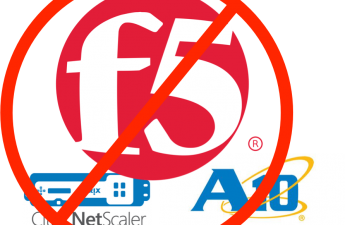I began writing a few posts on my blog about the use of EVPN as a control plane for VXLAN almost five years ago. At the time I was just becoming familiar with that extension to BGP, and how it could control VTEP bring-ups and tear-downs based on L2 VNIs. What I hadn’t completely grasped at the time was the…
Category: Network Architecture
Network Customization: At The Switch Or Server?
Another Long Break It’s been a bit over a year since I’ve last written an entry. The primary reason for that is just that I got very busy with my day job. Part of that has included experimenting with the new Nvidia Bluefield-2 SmartNICs. I’m hoping my employer lets me write some generic-enough technical blog posts about what I’ve been…
FRR Patched And Working
This entry will be another fairly quick one. In the previous entry regarding the server, routing, etc, I described how I had to work around the fact that FRR didn’t honor FreeBSD’s assigning and deletion of IP addresses from interfaces. Specifically: I had the line redistribute connected in the server’s BGP configuration. That means any of the server’s interfaces with…
The “Rackening” Is Complete
This is just a short update: In the previous post I described the overhaul of my little basement data center, but left it open as far as getting everything racked up cleanly. Between then and now, the 12RU rack arrived from Amazon, as did the rack rail kit for my 4RU server chassis. After assembling the rack in my basement,…
Server Merge, ZFS Fun, and BGP Routing For Jails
Table Of Content
Introduction About five years ago, I built two new servers in my basement, as outlined here and here. One server was my general login/mail/web/DNS/etc server, and the other my home NAS. This entry will document and detail my merging of the two servers into one, and the associated challenges that brought with it. I also took this opportunity to…
Home Networking: 10GigEth Upgrade
Table Of Content
Introduction As documented in the last couple of Mac Pro entries, I’ve migrated some of my home networking to 10GigE. This blog entry will outline how that was done, the hardware used, and some of the work involved. The Old Setup My home office is on the second story of my house, while my basement has my servers, the…
Running FRR On Home Router
Table Of Content
Introduction I’ve been building up my Cumulus Linux and FreeBSD virtual network over the course of the last several months. As you’ll recall from an earlier post, I decided to put a single aggregation router at the top of the network as an ingress and egress point. This allowed me to put a single static route for the entire…
Final Health Checking Script
This is going to be a reasonably short and quick entry. Last week I went through the process of demonstrating using BGP Anycast on a server in place of a load balancer. The follow-up post described the health-checking script that I wrote in python to check whether the server was healthy or not. That health-checking script would then inject the…
Adding More ECMP and Health Checking To Anycast Lab
Table Of Content
Introduction In yesterday’s Load Balancers Be Damned post, I demonstrated how adding Free Range Routing to servers could provide a way to do anycast load balancing without the need for expensive load balancers in some cases. What I didn’t really demonstrate well was the ECMP capabilities of the leaf nodes. I also punted on the required local health checking…
Load Balancers Be Damned: Routing On The Server
Table Of Content
Introduction Companies such as F5, A10, and Netscaler (owned by Citrix) have built their respective businesses on the need for load balancing devices in the data center and other parts of the network. While these devices can make the sharing of the load of incoming service connections (eg: HTTP, DNS, etc) very easy, they also come with a sometimes…

